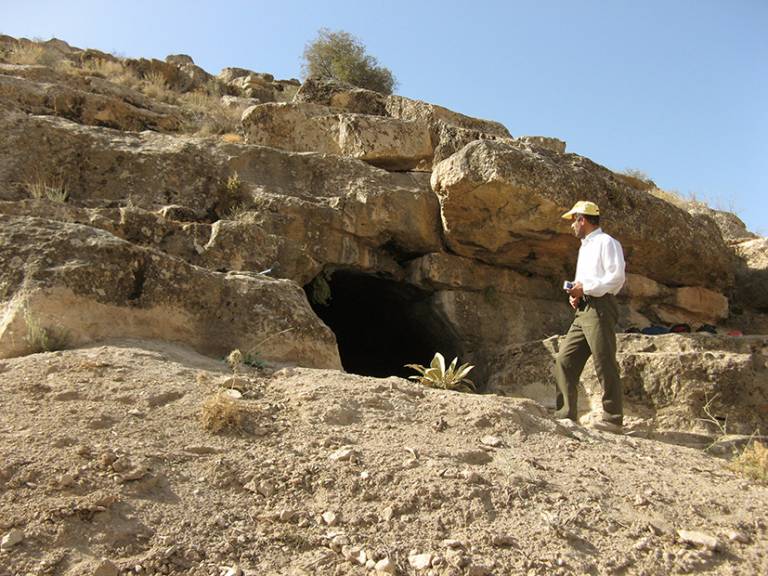Early Neolithic genomes from the eastern Fertile Crescent
14 July 2016
A team of archaeogeneticists sequenced Early Neolithic genomes from the Zagros region of Iran (eastern Fertile Crescent), where some of the earliest evidence for farming is found, and identify a previously uncharacterised population that is neither ancestral to the first European farmers nor has contributed significantly to the ancestry of modern Europeans.
 These people are estimated to have separated from Early Neolithic farmers in
Anatolia some 46-77,000 years ago and show affinities to modern day Pakistani and Afghan populations,
but particularly to Iranian Zoroastrians. The team of researchers (many of which from University College London) conclude that multiple, genetically differentiated hunter gatherer
populations adopted farming in SW-Asia, that components of pre-Neolithic population structure
were preserved as farming spread into neighbouring regions, and that the Zagros region was the cradle of
eastward expansion.
These people are estimated to have separated from Early Neolithic farmers in
Anatolia some 46-77,000 years ago and show affinities to modern day Pakistani and Afghan populations,
but particularly to Iranian Zoroastrians. The team of researchers (many of which from University College London) conclude that multiple, genetically differentiated hunter gatherer
populations adopted farming in SW-Asia, that components of pre-Neolithic population structure
were preserved as farming spread into neighbouring regions, and that the Zagros region was the cradle of
eastward expansion.
Ann Gibbons discusses the implications of the paper.
Early Neolithic genomes from the eastern Fertile Crescent
Farnaz Broushaki, Mark G Thomas, Vivian Link, Saioa López, Lucy van Dorp, Karola Kirsanow, Zuzana Hofmanová, Yoan Diekmann, Lara M. Cassidy, David Díez-del-Molino, Athanasios Kousathanas, Christian Sell, Harry K. Robson, Rui Martiniano, Jens Blöcher, Amelie Scheu, Susanne Kreutzer, Ruth Bollongino, Dean Bobo, Hossein Davudi, Olivia Munoz, Mathias Currat,Kamyar Abdi, Fereidoun Biglari, Oliver E. Craig, Daniel G Bradley, Stephen Shennan, Krishna R Veeramah, Marjan Mashkour, Daniel Wegmann, Garrett Hellenthal, Joachim Burger
 Close
Close

